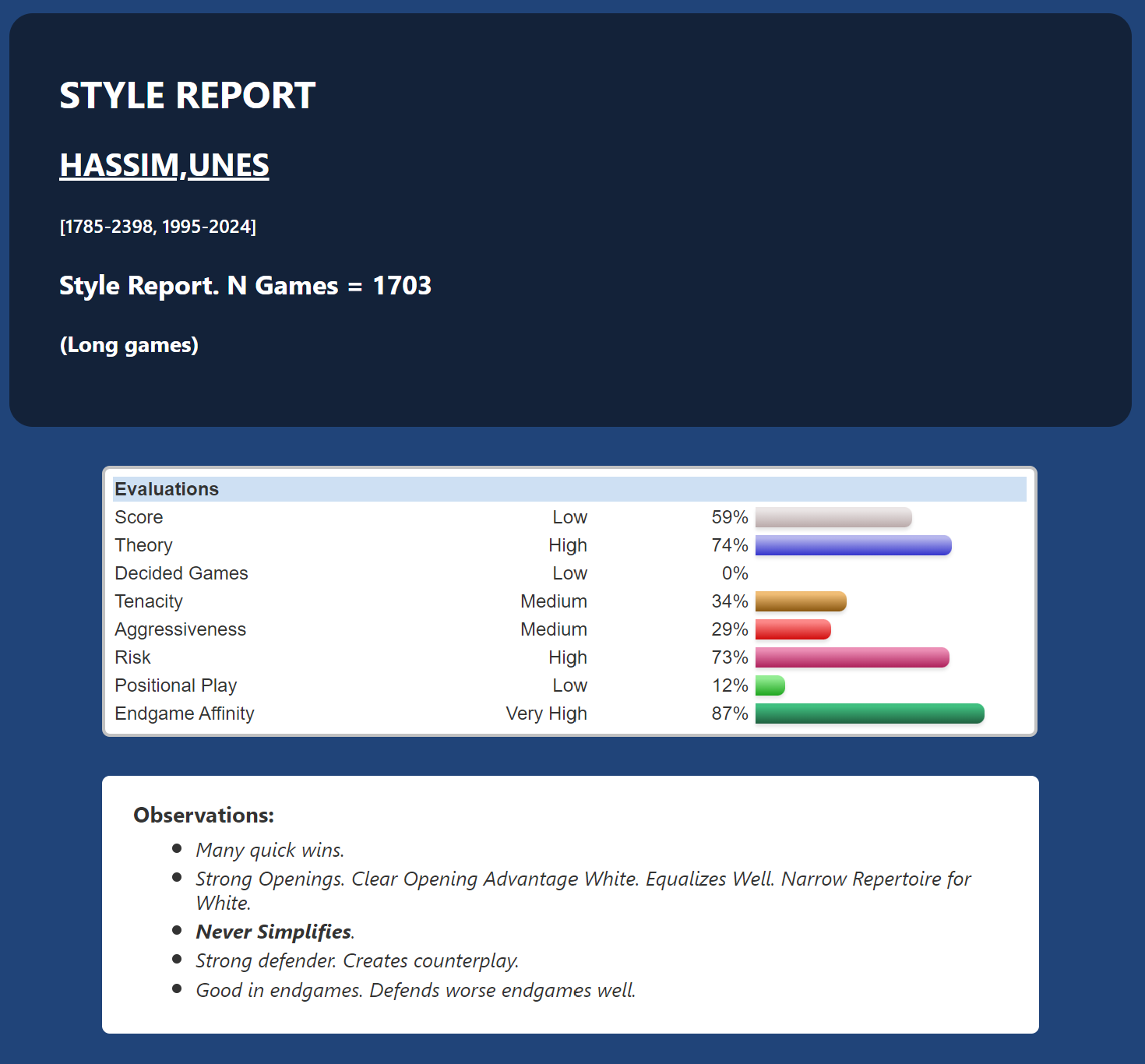Game Analysis - Electronic Knights 25EN03
A Detailed Look at My Correspondence Chess Game in the Electronic Knights Tournament

The Rest of World Championship Semi-Finals are well underway, and I’ve just wrapped up my second game—a hard-fought draw against the esteemed Correspondence Chess Master Unes Hassim. It was a pleasure to face him again virtually, as he’s known for his uncompromising style. The ChessBase Style Report notes Unes as a player who avoids simplifications, which I can confirm and it always keeps our games intense and challenging.

Unes Hassim is a highly respected figure in correspondence chess, holding the titles of Correspondence Chess Master (CCM) and Correspondence Chess Expert (CCE), both earned in 2018. His 2024 rating is an impressive 2431. Over his career, he has played 989 correspondence games, winning 132 and making over 35,000 moves across 81 tournaments—a testament to his strategic depth and adaptability.
For those interested, you can view his other games in the player database.
While this game wasn’t a tactical fireworks display, it offered a valuable chance to test ideas without taking undue risks. Here’s a breakdown of some key moments:
On Move 8, I chose 8. exd4—a line that’s proven reliable, especially in the Veterans World Cup semi-finals. Unes’s reply with 17…f5 was a rare choice, seen only four times before (two of which were my own games). Now, with our match included, there are five games in this line—all ending in draws, highlighting its solidity. In future encounters, I’ll be looking for new ideas to create more imbalances.
Game Summary
Notable Annotations
Analysis Insights
Both players made nearly flawless moves, with minimal errors (Weighted Error Values: White = 0.01, Black = 0.00), showcasing precise play throughout. The balanced nature of the game, without significant imbalances, led to an inevitable draw.
Enjoy the fully annotated game with sidelines calculated.
The intensity of correspondence chess tournaments can’t be underestimated. In another game within the same tournament, I made a costly blunder that could impact my chances of achieving my first CCM norm—a humbling reminder of how even minor mistakes, like a move-order mix-up, can alter a game’s outcome. This is my second such error this year, and I’m determined to stay vigilant moving forward.
Amici Sumus – we are friends. It’s an honor to compete alongside such skilled players from around the world. Thank you for reading, and stay tuned for additional updates as I share more results and insights from this tournament.
If you enjoyed the analysis, please consider supporting the blog with a virtual coffee ☕️ or even a beer! Your support truly helps keep this blog going.
Click the coffee mug icon below to contribute—it’s appreciated!
Stay Connected! If you haven’t already, subscribe to the blog and share with fellow chess enthusiasts.
